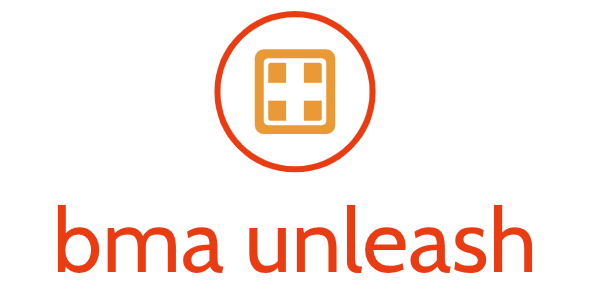

Revitalize and Thrive: The Power of Active Recovery in Fitness
Embarking on a fitness journey involves more than just intense workouts. Integrating active recovery into your routine is a key element that can significantly impact your overall fitness and well-being. In this guide, we’ll explore the importance of active recovery, its benefits, and how to incorporate it seamlessly into your fitness regimen.
Understanding Active Recovery
Active recovery is a deliberate, low-intensity movement performed between or after high-intensity workouts. It’s a purposeful break from intense training that keeps the body in motion without putting excessive stress on the muscles. Contrary to complete rest, active recovery promotes circulation, flexibility, and a faster recovery from strenuous activities.
Benefits of Active Recovery
Active recovery offers a multitude of benefits for both the body and mind. It helps to reduce muscle soreness, prevent stiffness, and enhance joint mobility. By promoting blood flow, active recovery accelerates the removal of metabolic byproducts, reducing the risk of delayed onset muscle soreness (DOMS). Additionally, engaging in light activities can positively impact mental well-being, reducing stress and promoting a sense of relaxation.
Low-Intensity Cardiovascular Activities
One effective way to implement active recovery is through low-intensity cardiovascular exercises. Activities like walking, cycling, or swimming at a leisurely pace help increase blood flow without adding significant stress to the muscles. This promotes recovery by flushing out metabolic waste and providing the body with the oxygen and nutrients needed for repair.
Dynamic Stretching for Flexibility
Incorporating dynamic stretching into your active recovery routine enhances flexibility and range of motion. Dynamic stretches involve controlled, repetitive movements that mimic the activity you are preparing for or recovering from. These stretches prepare the muscles and joints for future workouts while preventing stiffness and promoting better overall mobility.
Yoga and Mindful Movement
Yoga and mindful movement practices are excellent choices for active recovery. These activities focus on controlled breathing, gentle stretches, and body awareness. Engaging in yoga sessions or other mindful movement practices not only aids physical recovery but also promotes mental relaxation, contributing to a holistic approach to well-being.
Foam Rolling for Myofascial Release
Using a foam roller for myofascial release is a form of self-massage that targets the fascia, the connective tissue surrounding muscles. Foam rolling helps release muscle knots and tension, promoting better flexibility and reducing muscle soreness. Incorporating foam rolling into your active recovery routine contributes to overall muscle health and recovery.
Hydration and Nutritional Support
Active recovery is not limited to physical activities; it also includes proper hydration and nutritional support. Staying hydrated is crucial for the body’s recovery processes, helping transport nutrients and remove waste products. Consuming a balanced post-workout meal with protein and carbohydrates supports muscle repair and replenishes energy stores.
Restorative Sleep for Recovery
Quality sleep is an integral part of active recovery. During sleep, the body undergoes essential repair and growth processes. Ensuring that you get sufficient, restorative sleep is a fundamental aspect of promoting overall recovery and optimizing your fitness results.
Listening to Your Body
One of the key principles of active recovery is listening to your body. Pay attention to how your muscles feel, any signs of fatigue, or areas of soreness. Adjust the intensity and duration of your active recovery based on your individual needs, ensuring a personalized approach that supports your fitness goals.
Incorporating Active Recovery into Your Routine
To integrate active recovery seamlessly into your routine, schedule dedicated days or sessions for lighter activities. Consider alternating high-intensity workouts with active recovery days to allow your body adequate time to recuperate. Tailor your active recovery activities to align with your preferences and overall fitness objectives.
Explore more about Active Recovery in Fitness at bma-unleash.com. Embrace the transformative power of active recovery, revitalizing your body and fostering long-term well-being in your fitness journey.








